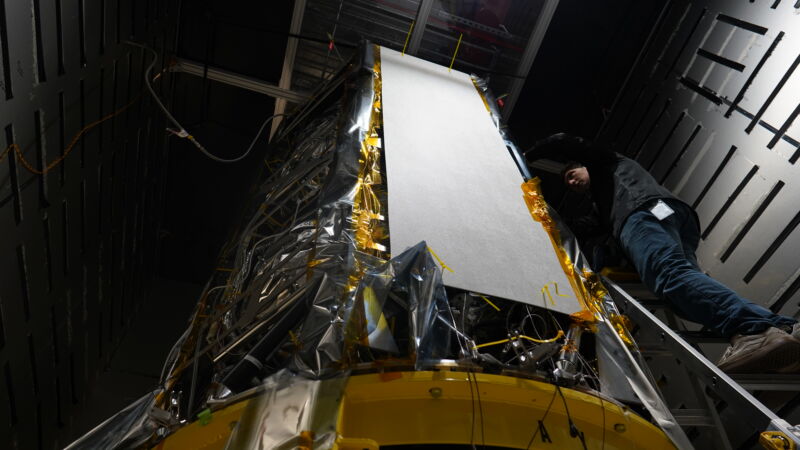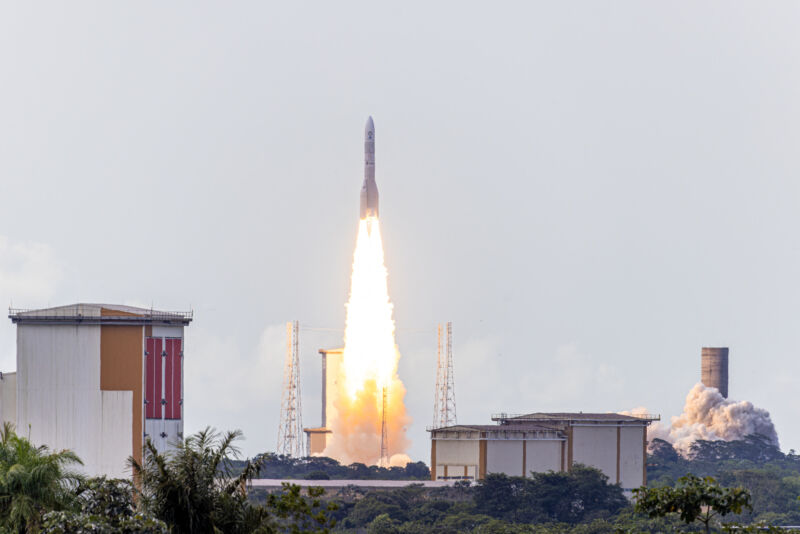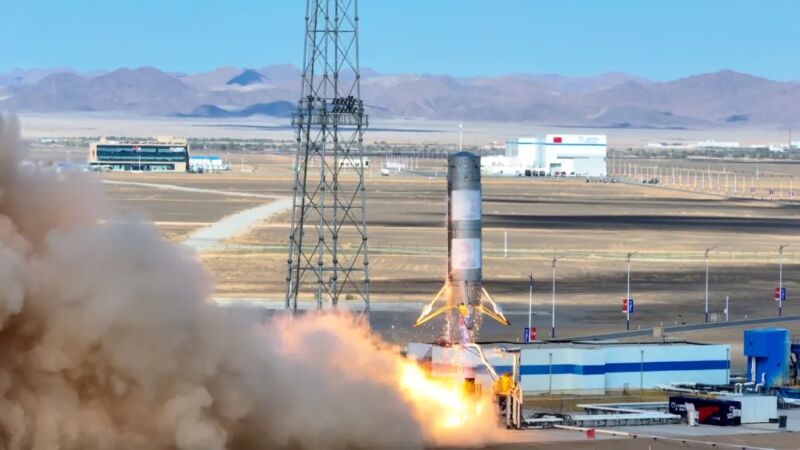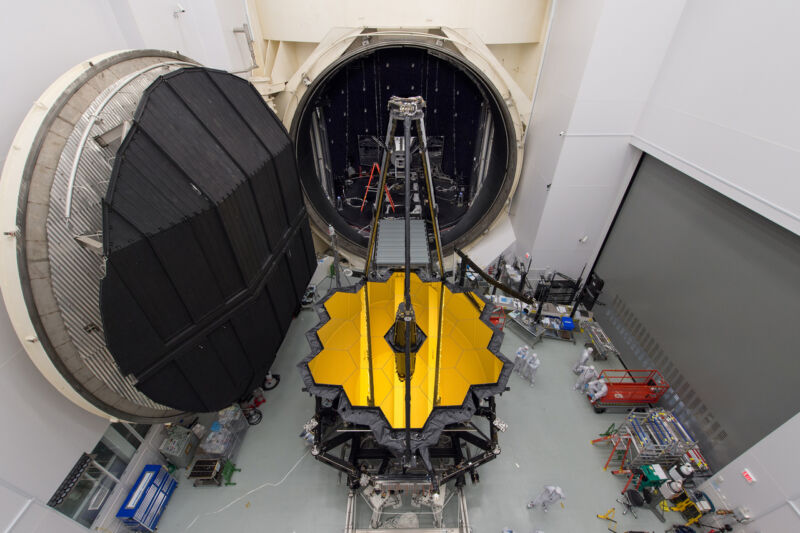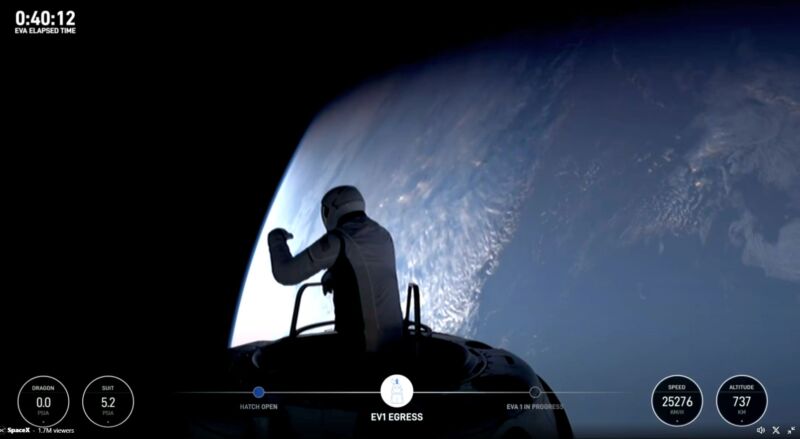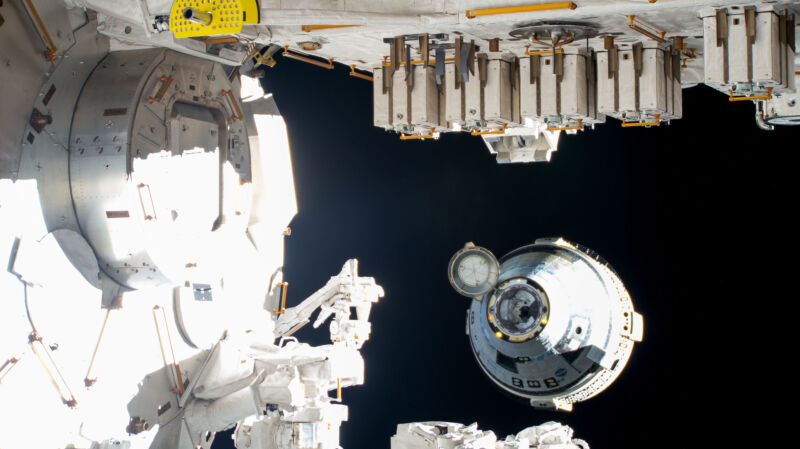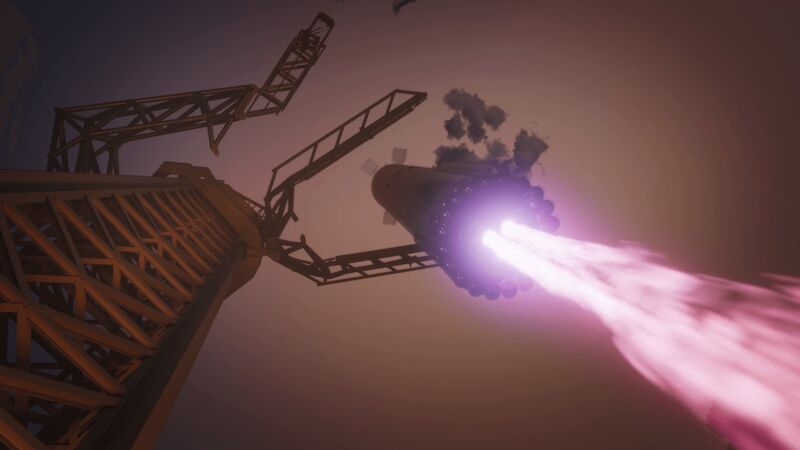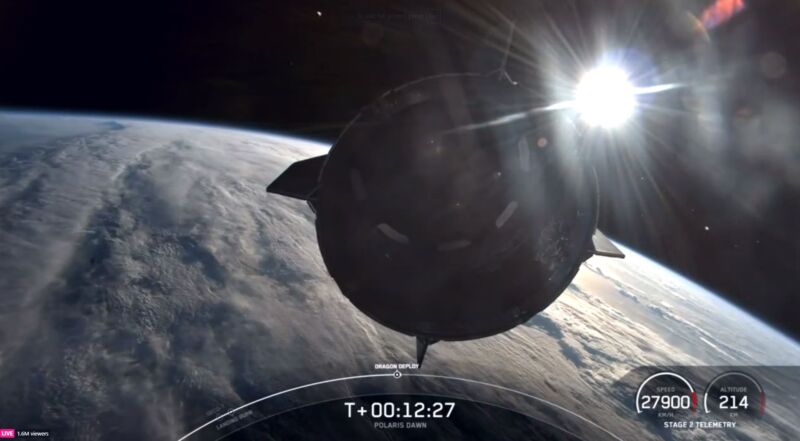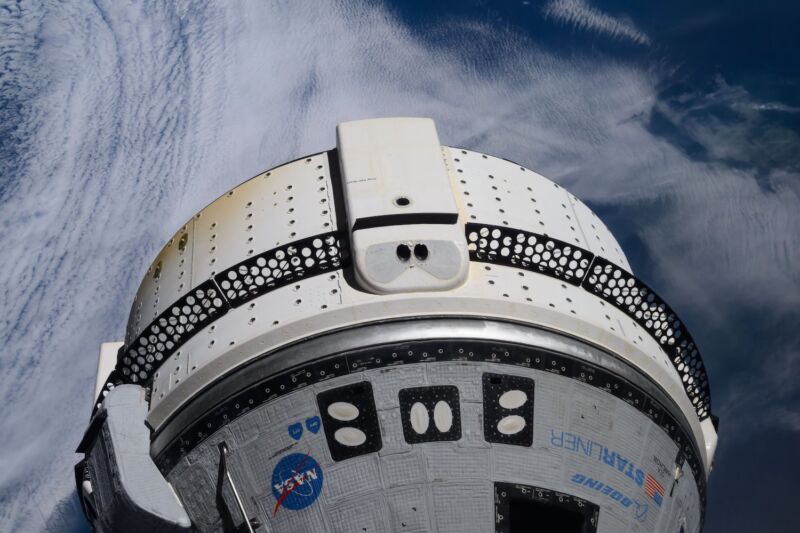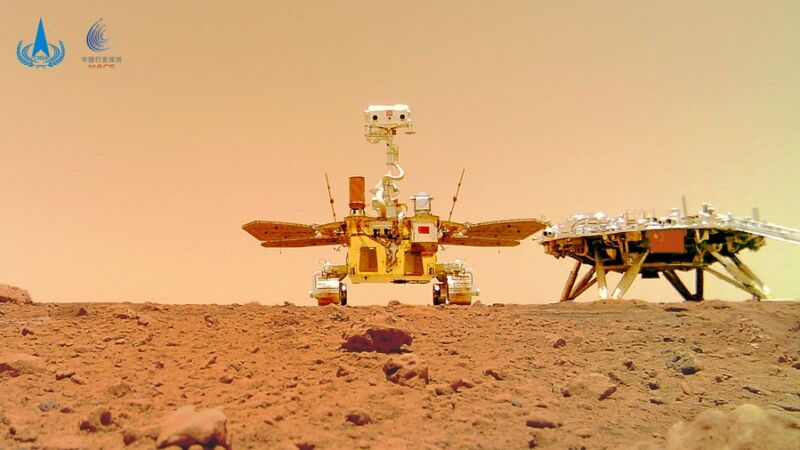NASA has a fine plan for deorbiting the ISS—unless Russia gets in the way
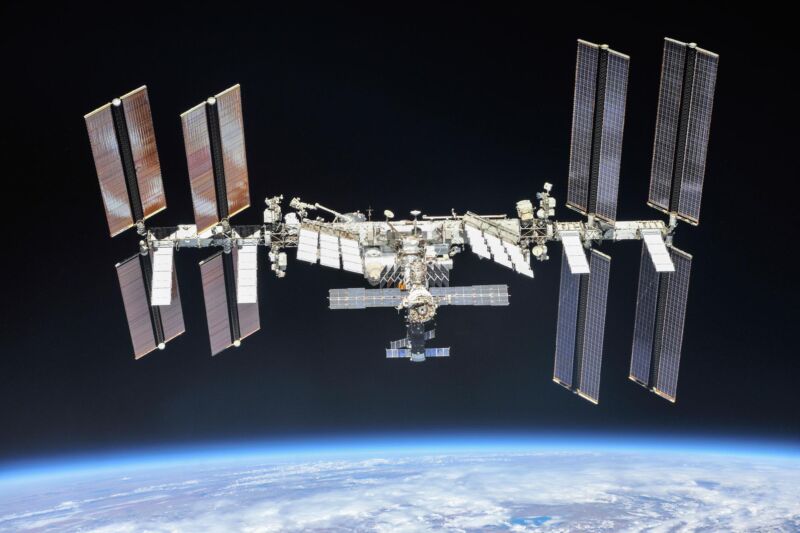
Enlarge / This photo of the International Space Station was captured by a crew member on a Soyuz spacecraft. (credit: NASA/Roscosmos)
A little more than two years ago, Dmitry Rogozin, the bellicose former head of Russia's space agency, nearly brought the International Space Station partnership to its knees.
During his tenure as director general of Roscosmos, Rogozin was known for his bombastic social media posts and veiled threats to abandon the space station after Russia's invasion of Ukraine. Russian President Vladimir Putin tersely dismissed Rogozin in July 2022 and replaced him with Yuri Borisov, a former deputy prime minister.
While the clash between Russia and Western governments over the war in Ukraine has not cooled, the threats against the International Space Station (ISS) ended. The program remains one of the few examples of cooperation between the US and Russian governments. Last year, Russia formally extended its commitment to the ISS to at least 2028. NASA and space agencies in Europe, Japan, and Canada have agreed to maintain the space station through 2030.
